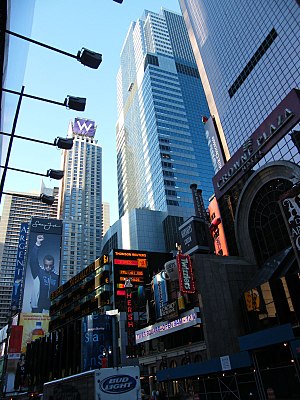
Image via Wikipedia
Glass-Steagall, meet Dodd-Frank. President Obama, in his comments on the landmark bill on Friday, proclaimed it “the toughest financial reform since the one we created in the aftermath of the Great Depression.” And indeed in many ways this vast and sprawling attempt to address the causes of the 2007–09 financial disaster is very impressive: it brings trillions of dollars in “dark” trading in over-the-counter derivatives into the open; it creates new, tough watchdogs for credit card and mortgage companies as well as banks; and it gives the government new tools to liquidate failing firms.
But in one respect, the nearly 2,000-page bill marshaled through Congress by Sen. Chris Dodd and Rep. Barney Frank falls short of that earlier, Depression-era standard. Whereas Glass-Steagall substantially altered the structure of the financial system and required the creation of brand-new kinds of firms, Dodd-Frank effectively anoints the existing banking elite. The bill makes it likely that they will be the future giants of banking as well. Legislators touted changes that would restrict proprietary trading by banks and force them to spin off their swaps desks into separately capitalized operations. But banks get to keep the biggest part of their derivatives business, which is dominated by interest-rate and foreign-exchange swaps. Some 80 to 90 percent of that business will remain within the banks, and J.P. Morgan, Goldman Sachs, Citigroup, Bank of America, and Morgan Stanley control more than 95 percent, or about $200 trillion worth of that market. These same banks may end up controlling or at least dominating the clearinghouses they are being pressed to trade on as well, since language proposed by Rep. Stephen Lynch, D-Mass., to limit their ownership stakes to 20 percent, was dropped in the final version of the bill, according to Lynch’s spokeswoman, Meaghan Maher. “No numerical limitations were set; regulators were given the ability to do so,” she said.

No comments:
Post a Comment